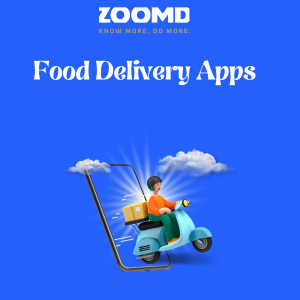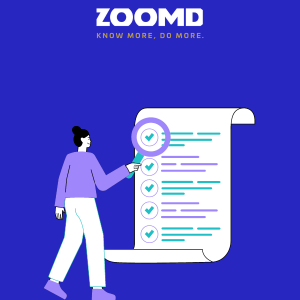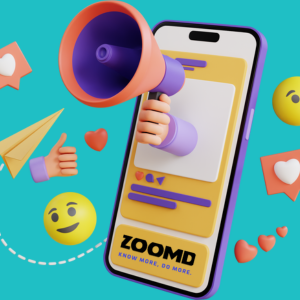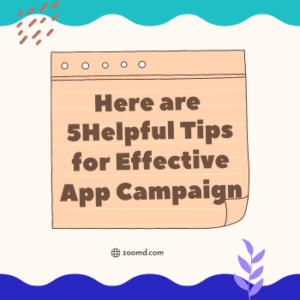User Acquisition Cost – How do you calculate it? How do I know how much each app user is worth to your business?
Can you imagine your life without the apps you use daily? It seems that the app age has been a part of our lives forever, but as a matter of fact, it only started a little over a decade ago. While the app age has definitely matured, it’s still growing and evolving constantly. The app age has allowed us to access a variety of services and information quickly and easily and has given us greater control over our lives. As this trend continues, it is likely that the app age will continue to shape our lives in increasingly dramatic ways.
If you own an app, it doesn’t matter the vertical or size, you are constantly on the lookout to keep your app growing its user base which in turn will grow your revenue and profits. To achieve this, you constantly need to invest in marketing and in your app promotion. This is like trying to fill a bucket with water – you have to continuously pour water into it to keep it from emptying out. Similarly, in order to keep an app’s user base growing, you have to continually invest in marketing and promotion to maintain the momentum.
But how do you know if all that promotion and hard work of attracting new users is paying off?
User Acquisition Cost (UAC) is a critical metric that measures how much a business spends to attract new customers. It is an essential parameter to track for businesses of all sizes, especially for startups that are still trying to establish themselves in the market. In this blog post, we will discuss how to calculate UAC and how to determine the value of each signup to your business.
Calculating User Acquisition Cost
The formula for calculating UAC is simple. It is the total amount spent on marketing and sales divided by the number of new customers acquired during that period. For example, if you spent $10,000 on marketing and sales in a month and acquired 100 new customers, your UAC would be $100.
However, it is important to note that UAC should not be looked at in isolation. It should be compared to the lifetime value of a customer (LTV) to determine if the cost of acquiring a customer is worth it. If the UAC is higher than the LTV, the business is losing money. On the other hand, if the LTV is higher than the UAC, the business is profitable.
Determining the Value of Each Signup to Your Business
To determine the value of each signup, you need to calculate the average revenue generated per customer. For example, if your business generates $100,000 in revenue from 1,000 customers, the average revenue per customer is $100. Therefore, each signup is worth $100 to your business.
However, it is important to note that not all customers are created equal. Some may generate more revenue than others, so it is essential to segment your customers to get a better understanding of their value to your business. For example, customers who make repeat purchases or refer other customers are more valuable than those who make a one-time purchase.
Why are all these calculations important? Because once you know how much each user is worth, you’ll know how much you can invest in your app growth. Also, when you invest your time segmenting your audience, users, and high-profile or returning users, you’ll know where to invest more in your marketing efforts. The more you know about your users, the better you can target your efforts. This can help to maximize your return on investment and ensure you get the most out of your marketing budget.
Lifetime Value (LTV) is the total revenue that a customer will generate over their lifetime using your app. LTV solves the problem by telling you how much value a newly acquired user brings to your app – and by extension, gives you a cap for how much you should spend on acquisition costs. Mobile app LTV should be the primary barometer for your mobile marketing budget because it effectively assigns weight to each and every user (or a user average).
How to use LTV to optimize your app marketing strategy and budget allocation?
To optimize your LTV, you need to consider three factors: average purchase value, number of purchases, and retention period. Average purchase value is how much a user spends on your app each time they make a purchase. The number of purchases is how often a user buys something from your app. The retention period is how long a user stays with your app before they stop using it.
To increase your average purchase value, you can use strategies such as upselling, cross-selling, bundling, or offering discounts and incentives. To increase your number of purchases, you can use strategies such as personalization, loyalty programs, referrals, or push notifications. To increase your retention period, you can use strategies such as improving your app’s user experience, providing value-added content or features, or re-engaging users who are at risk of churning.
By measuring and improving these three factors, you can optimize your LTV and allocate your marketing budget more efficiently. You can also use LTV to compare different user segments, channels, platforms, or markets and identify the most profitable ones for your app.
The Return on Ad Spend (ROAS) is a marketing metric that measures how much revenue you earn for each dollar spent on advertising. To calculate ROAS, divide the revenue generated from an ad campaign by the cost of that campaign.
Conclusion
In conclusion, UAC, LTV and ROI are essential metrics to track for any business. By calculating UAC and comparing it to LTV, businesses can determine if their marketing and sales efforts are profitable. By determining the value of each signup, businesses can better understand the revenue potential of their customer base.
If you’re looking to grow and maximize your budget in the best way possible, contact us today.
With the variety of solutions we have for advertising and performance campaigns, you only pay for the results you’re after. We Maximize your budget the best way possible to meet your KPIs.



